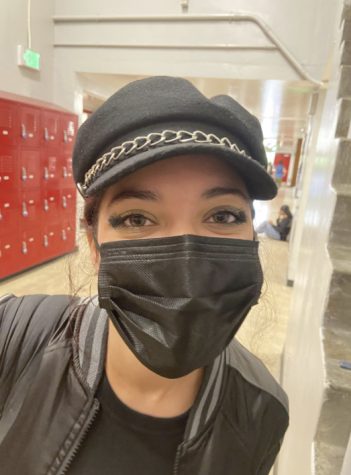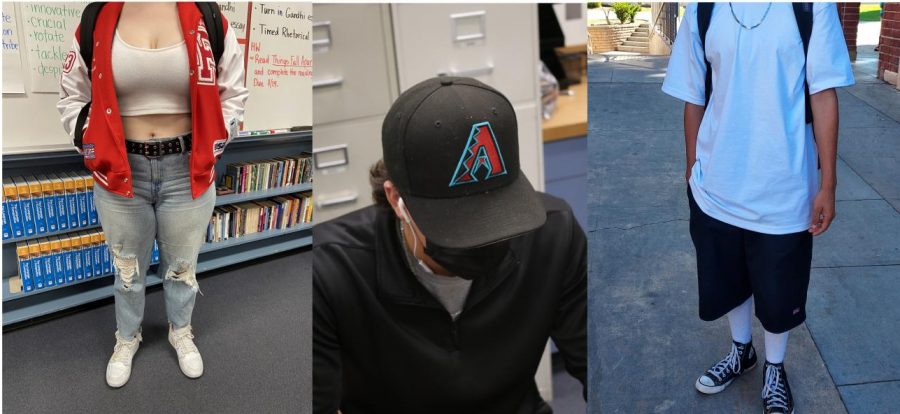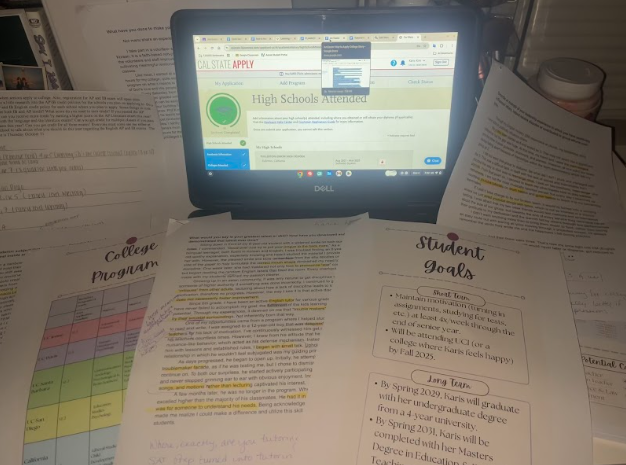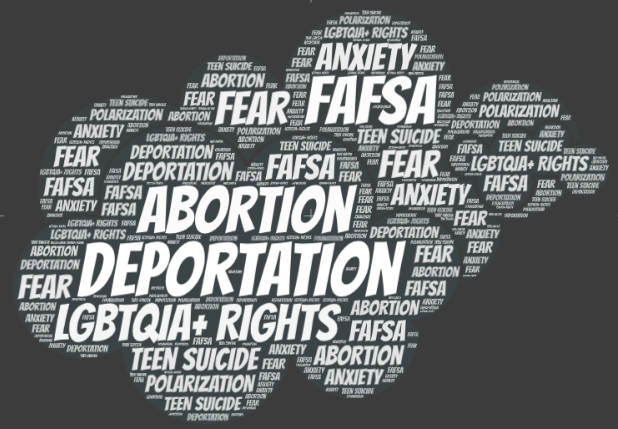When students started the school year, school administrators heard the typical complaints about dress code guidelines:
“What’s wrong with showing, like, two inches of my stomach?”
“Why can’t I wear my baseball hat?”
“Do you think I’m in a gang cause I wear white socks?”
The difference this year is that students refused to accept the it’s-a-rule-cause-we-say-so response. Instead, students pushed back. Hard.
And students should be proud. Hopefully, their pushback will create a positive change.
Instead of ignoring student concerns, school officials from the district office have been collecting feedback from ASB students throughout the district, hearing suggestions about what should and should not be included in a new district-wide dress code.
Even better, our ASB has been talking to FUHS students, including representatives from the Student Senate, to get a wide range of student perspectives.
Principal Laura Rubio said in a recent interview that she will look at ways to make dress code enforcement respectful and fair. No one should be yelled at in the quad for what they’re wearing or not wearing. Any dress code enforcement guidelines should emphasize discretion.
Students need to do their part, too. If we demand respect when school officials approach us, we need to be respectful in return.

Finally, the adults in charge might start to see that the dress code is too outdated and vague to make a real impact on students. Its language leaves too much room for interpretation, but simultaneously manages to single out specific ethnic groups. The current dress code also shames girls for having shapely bodies and insinuates male students can’t control themselves.
We trust that the student representatives will work with the district officials to develop reasonable guidelines, but here are a few gender neutral suggestions:
-Cover your genitals, nipples and buttocks
-Wear shoes
-No items that cover the face to obscure student identity
-No messages relating to drugs, sex or violence
-Allow most head coverings including durags, bonnets, hijabs, shayla, yarmulkes
That’s it. Students are sensible, for the most part. We’re sure the committee will have other reasonable ideas. The important thing is that necessary conversations are happening between students and district officials, and that the discomfort the dress code brings students is being addressed by administrators.
What’s really important from our point of view, though, is enforcement. There needs to be a respectful process for warning students and a consistent process for discipline when necessary. Respect needs to go both ways on campus, and revising the dress code is a great place to start.







